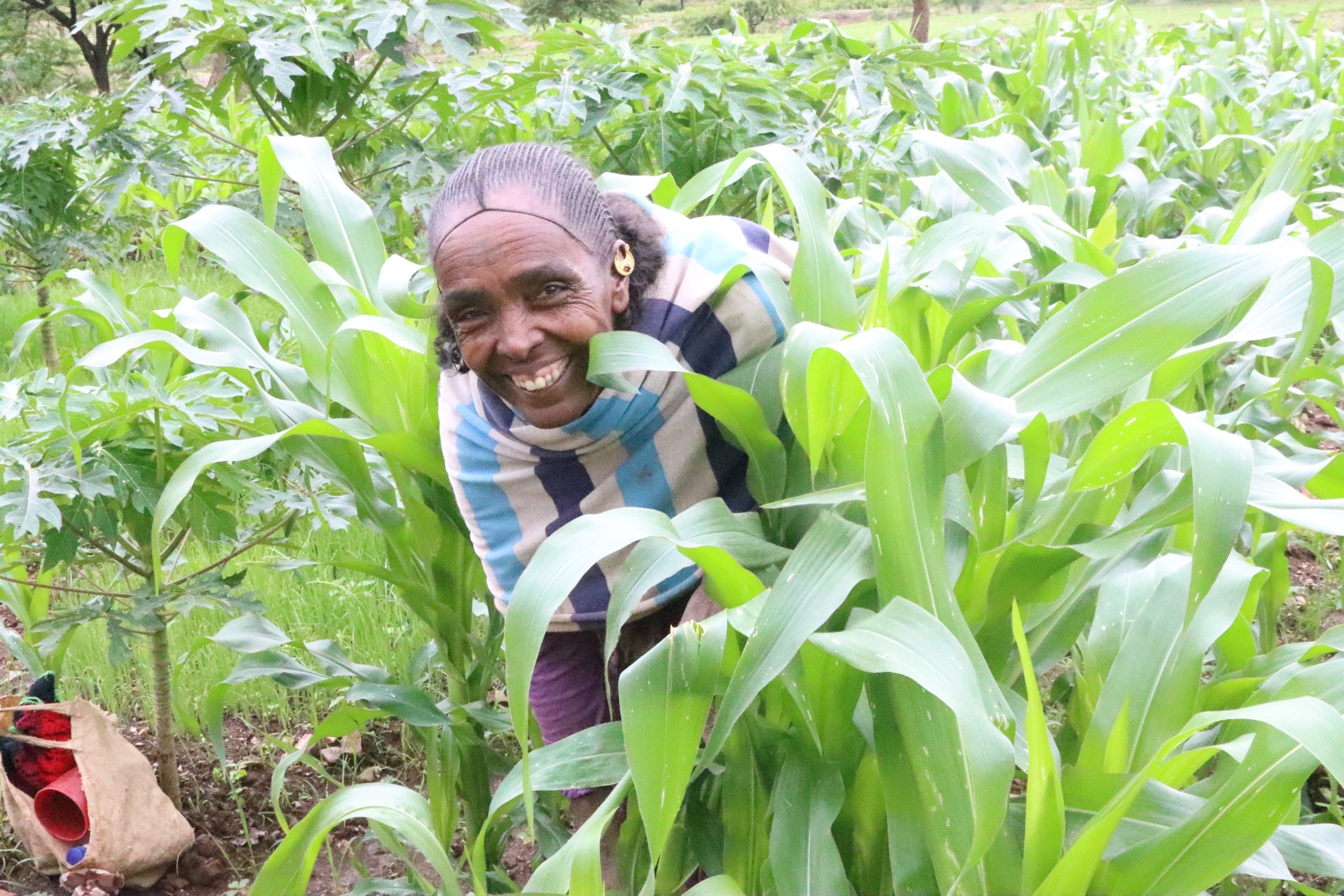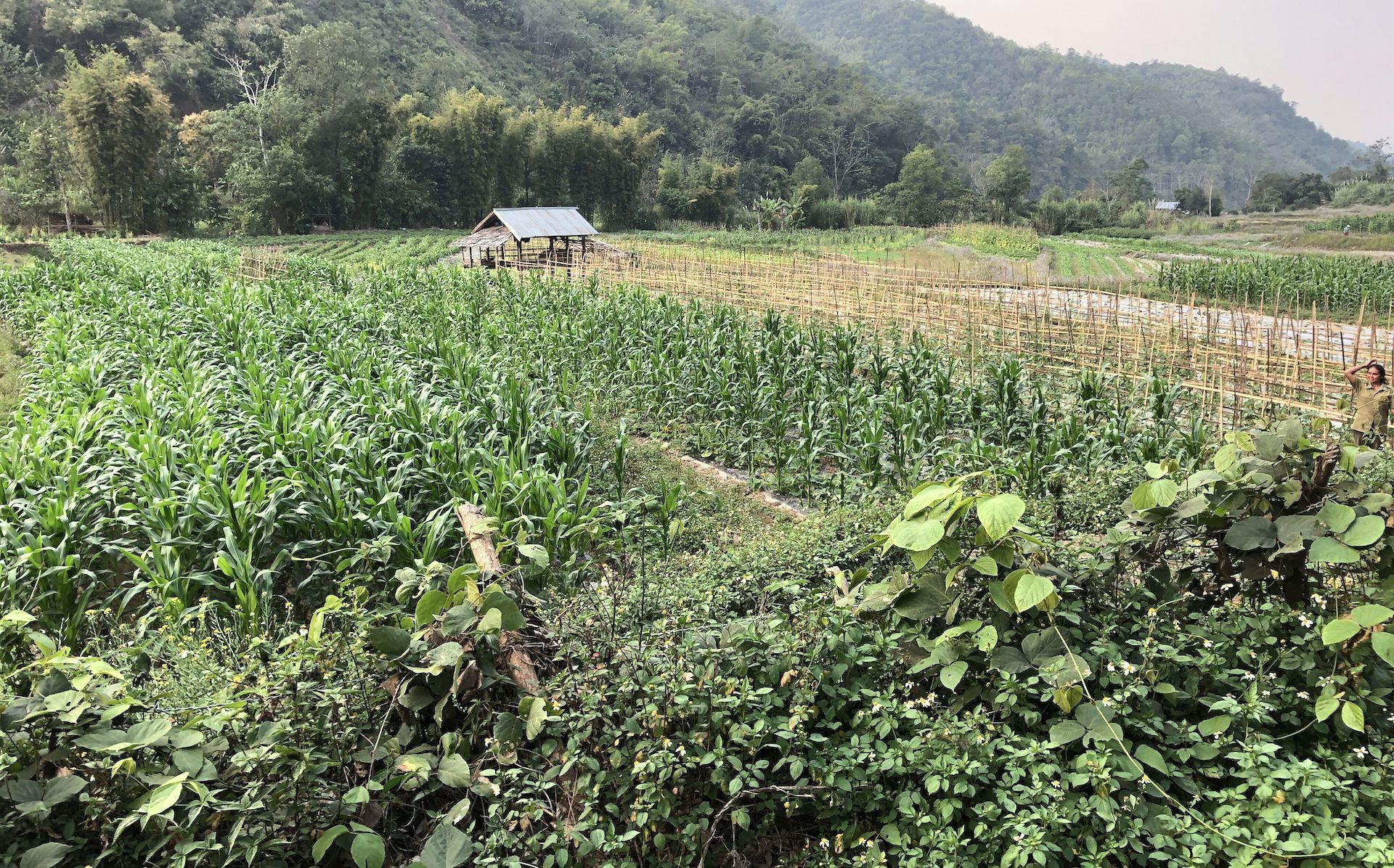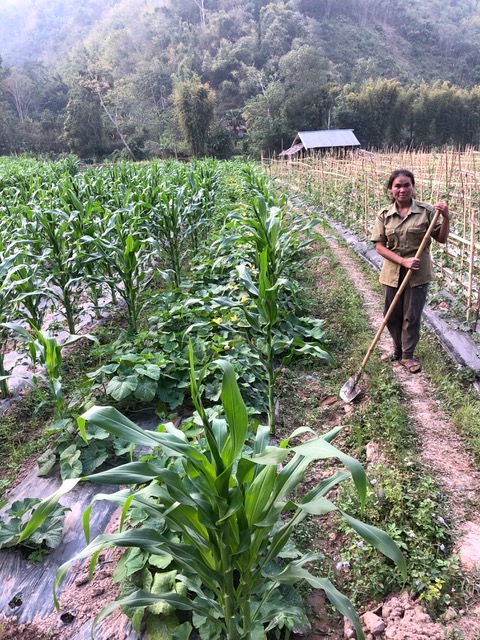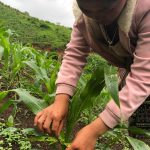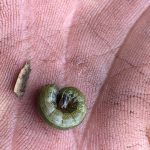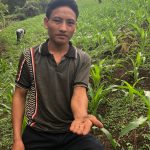Building Resilience in Tigray: How CSA is pioneering sustainable agriculture in Ethiopia
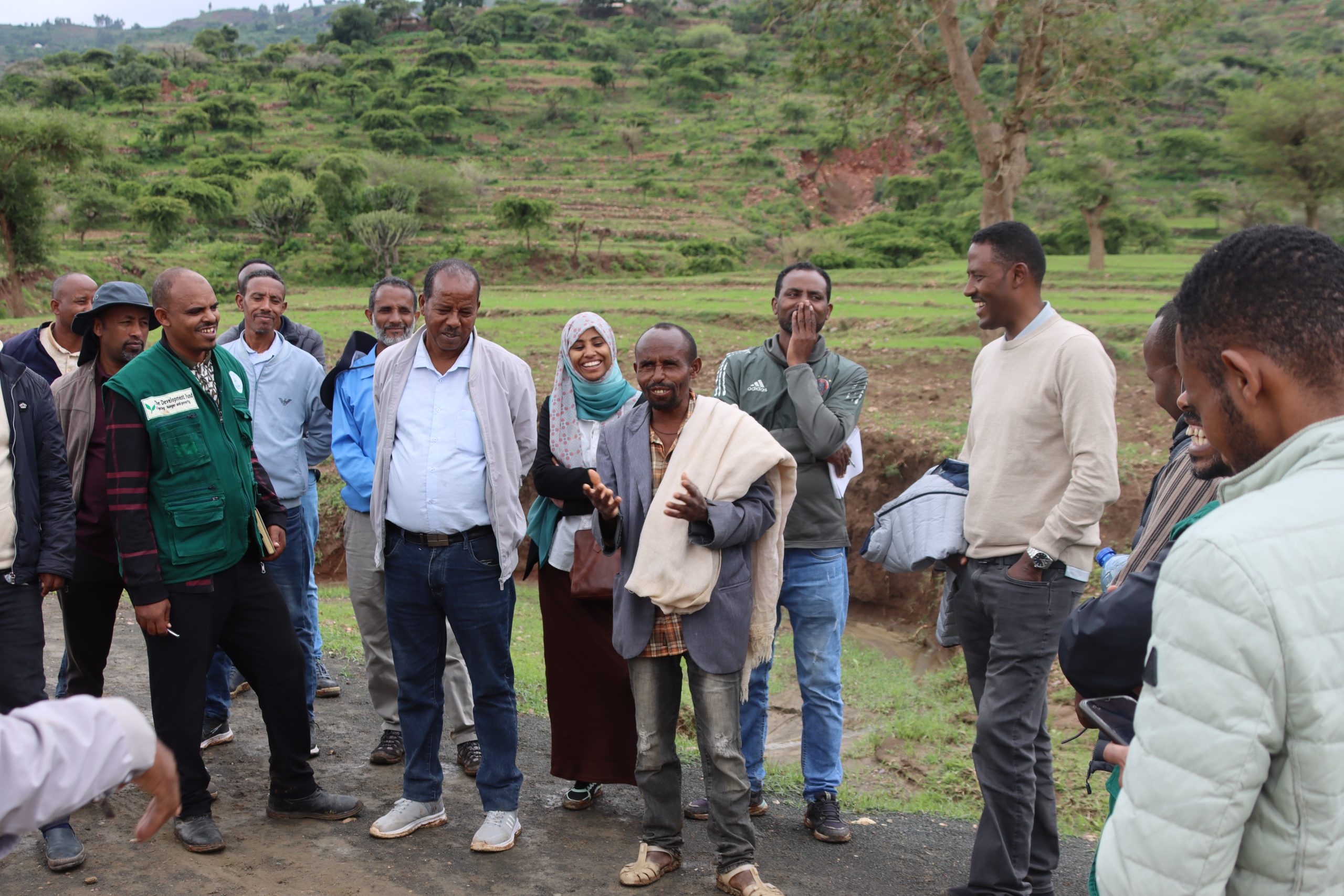
Agricultural activities, particularly the production of cereal crops and major staple foods like maize, wheat, teff, barley, and sorghum, are vital to the livelihoods of rural communities in Ethiopia. For example, about 80% of agricultural operations in the Tigray region’s Adwa district are related to cereal production. However, this, as well as agriculture in general, is highly susceptible to the effects of climate variability and change, which have a direct influence on farming communities’ rural livelihoods.
With support from the Development Fund (DF), CIMMYT is collaborating with several partners to address the challenges caused by climate variability in agriculture through the implementation of Climate-Smart Agriculture (CSA) technologies and practices. Efforts are currently focused on the Folfolo and Lalay Logomti watersheds in Adwa, where CSA demonstration sites are being implemented through Ethiopia’s Climate Adaptation and Rural Development (CARD)-II Program.
On 2 August 2024, CIMMYT scientists and experts from CSA-implementing partners under the CARD-II program visited the CSA demonstration sites to observe the ongoing activities, interact with farmers, and share their thoughts on progress so far.
Rehabilitating the natural environment
Since 2021, CIMMYT and partners, including the Relief Society of Tigray (REST), iDE, Women Empowerment Action, ORDA-Ethiopia, and HELVETAS, have been implementing numerous CSA-related activities on hillsides, farmlands, homesteads, and gullies. These activities provide multiple benefits for farmers to ensure food and nutrition security and include the management of natural resources, such as creating an arboretum, constructing trenches, and planting indigenous trees and forage plants in the upper catchments. Lower catchments and farmlands are undergoing biological and physical reclamation of gullies and riverbanks, trench construction, percolation ponds, crop diversification, and homestead plantations.
Moti Jaleta, a CIMMYT agricultural economist coordinating the implementation of CSA activities under the CARD-II Program, was excited by the visit and the effort farmers and partners have put into rehabilitating the natural environment and degraded croplands. He was also impressed by the food and feed crop technologies farmers have integrated into the rehabilitation work, as well as the overall benefits farmers have witnessed from their efforts.
“It is crucial to understand that the benefits of CSA technologies often extend beyond boosting yields,” said CIMMYT systems agronomist Tesfaye Shiferaw, who passionately described the program’s successes so far. “For example, in smallholder farming systems facing terminal droughts, an improvement in soil moisture content that would extend crop growth duration by just ten days can mean the difference between a complete crop failure and a normal yield.”
“This underscores the vital role of CSA technologies, especially under challenging conditions,” he explained. “During our field visit to those sites, such anecdotes were repeatedly emphasized.”
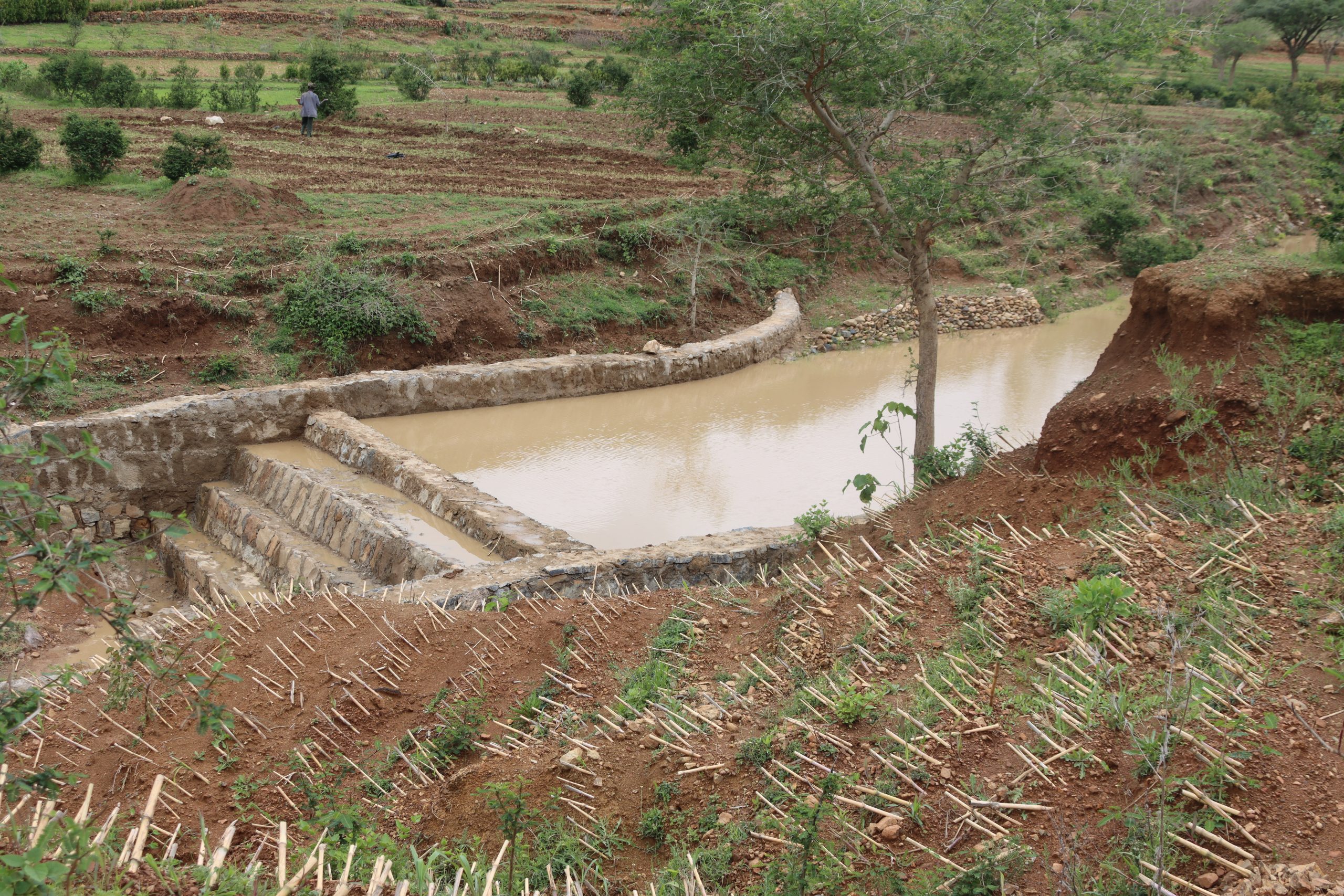
Streams begin to flow
Farmer testimonies from the field attest to the numerous benefits of CSA practices. “This area was known for its high runoff and water erosion some years ago,” said Giday Hagos, a 70-year-old farmer from Folfolo village. “Producing crops and engaging in other agricultural pursuits seemed unimaginable. But following the intervention of the CSA, I was very excited when the streams at the mountain’s base began to flow, and I started farming immediately using the stream for supplementary irrigation.”
Hagos used to grow cereal crops, but he was excited to make use of the potential offered by CSA technologies and has now shifted to market-driven commodities. “Last year, I was able to generate an income of about ETB 90,000 (approx. $815) from the sale of onions,” he explained. “And this year, expanded the farming activities to other areas by renting additional plots.”
The program was designed to increase productivity, adaptation, and sustainability while enhancing resilience to climate shocks through mitigation. So far, the successes are numerous. Upper catchment hills have seen an increase in vegetation cover, degraded lands have undergone regeneration, water runoff has decreased, groundwater yield has increased, streams and springs are thriving, soil moisture and forage availability have increased, and farmers have diversified their crop and livestock production. These are just a few of the multiple effects of the CSA technologies and practices implemented at the watershed level by the local farming community, the Relief Society of Tigray (REST), the Ethiopian government, and other local partners. The adoption of CSA technologies has also provided greater opportunities to reduce the harmful effects of climate change on agriculture and improve rural livelihoods.

